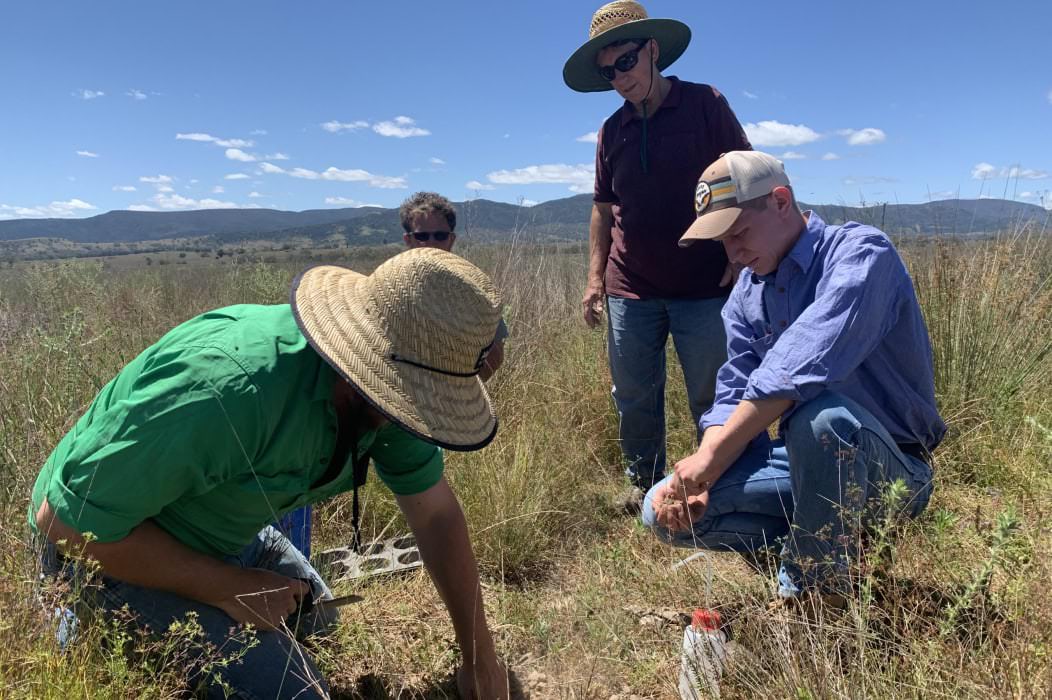Landcare Agriculture Carbon Benchmarking Project
The Landcare Agriculture Carbon Benchmarking project was a joint project between Integrity Ag & Environment and Landcare Agriculture to support producers to develop their skills and understanding of the importance of carbon balance on-farm.

What is carbon benchmarking?
Carbon benchmarking assists farmers and graziers to quantify and reduce greenhouse gas emissions to meet industry goals, consumer and community expectations and ensure market access in the future. With both the Australian Sheep and Beef Sustainability Frameworks prioritising greenhouse gas emissions reduction from livestock, as well as Meat and Livestock Australia’s CN30 initiative providing guidance and innovation in the space, many producers are seeking new ways to understand the current carbon position of their enterprises and establishing options to reduce impacts over time.
What is The Carbon Benchmarking project?
The Carbon Benchmarking project has delivered 30 workshops to over 300 participants (including farmers, graziers and landholders), supporting them to develop skills and knowledge regarding the carbon balance of their operation, identify options to reduce emissions and sequester carbon, and identify areas of opportunity for Landcare groups to engage with carbon markets.

Carbon benchmarking project outcomes
The carbon benchmarking workshops were positively received by producers and experts, who recognised the value of improving their carbon literacy, as they enter a marketplace increasingly concerned with greenhouse gas emissions. Click below to read their insights:
- Producer John Stokes and landcarer Wayne Chaffey on capitalising on carbon management programs.
- FarmLab’s Sam Duncan and Optisoil’s Ned Skehan on the value of good carbon data.
- Graziers Tim and Courtney Skerrett on aiming for net-zero carbon emissions.
To ensure that even more producers had access to the tools they need to benchmark emissions on their property, Landcare Farming also partnered with Ruminati for a series of online webinars, providing farmers and graziers with exclusive training on how to use their online emissions calculator. Learn how to generate an emissions estimate for your farm enterprise by watching a Ruminati webinar recording HERE.
To learn more about opportunities carbon benchmarking can provide for your agricultural business, watch the webinar HERE or visit the Integrity Ag & Environment website HERE for upcoming events.
The Landcare Agriculture Program (LAP) is a joint partnership between Landcare Australia and the National Landcare Network, funded by the Australian Government’s National Landcare Program to strengthen the connection between landcare and Australian agriculture.